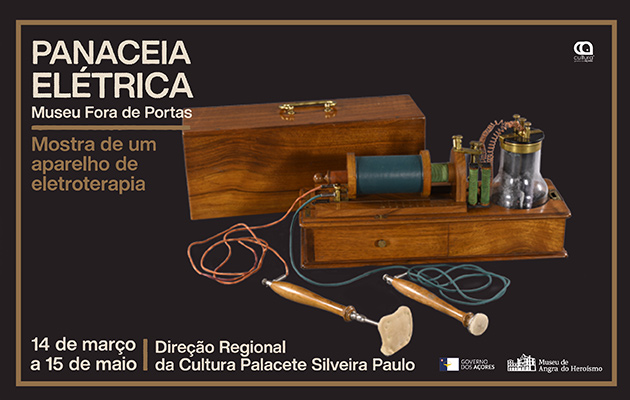Regional Directorate for Culture / Silveira e Paulo Palace
During the late 19th century electrotherapy witnessed a great expansion within the medical community. This method depended on a continuous or galvanic electric current which, through various electrode terminals, carried out low-intensity discharges through the patient’s body. The electrical tension, which would stimulate the circulation of the blood, lymph and protoplasm, could cure various ailments, namely influenza, asthma, muscular pain, gangrene, anaemia, obesity and even cancer.
Such an apparatus, housed in our Science and Technology Conservation Unit, bore witness to electricity’s application in the field of medicine at the beginning of the 20th century. It was produced in Austria by Ludwig Schulmeister due to the dissemination of Emil du Bois-Reymond’s works. Bois-Reymond was a physiologist from Berlin, for whom the composition of living tissue, like muscle, was made up of countless electrical molecules.
